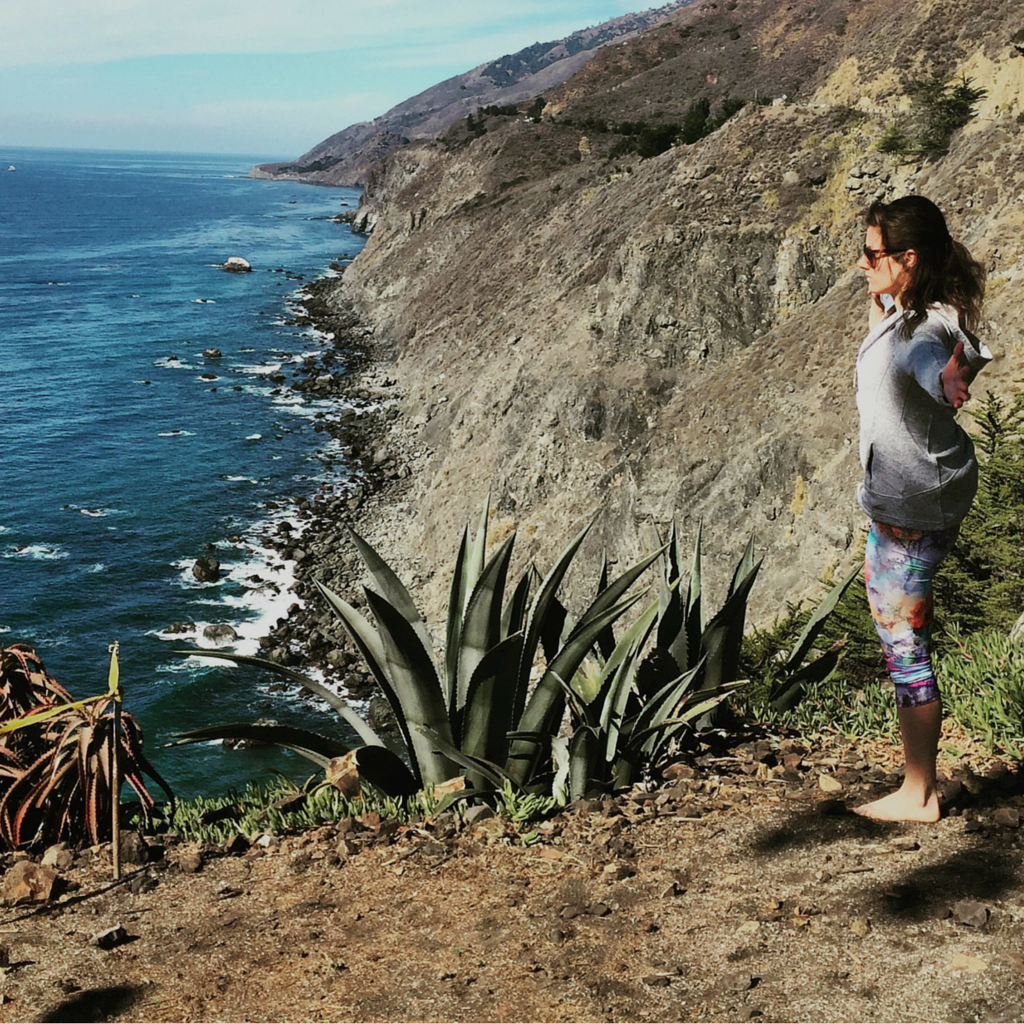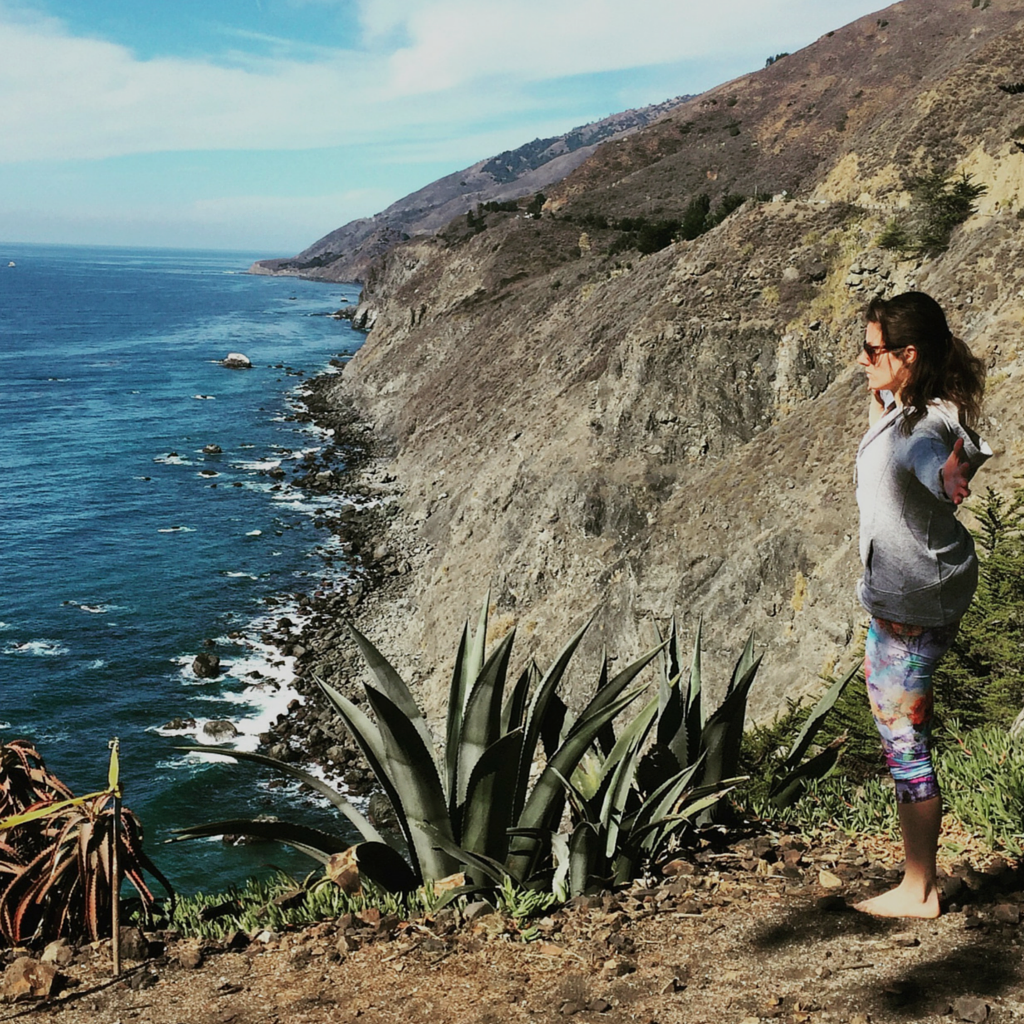
As yoga’s popularity continues to spread and the abundance of information about yoga grows, so do our questions about it. Why do so many people practice yoga? What’s the point? What if I’m not flexible? Or I don’t have fancy yoga pants? What if I’m not able to do what the teacher asks…or I don’t like the teacher? What if I get embarrassed?
You’re not alone. Anyone who practices yoga has thought of the same questions at some point. Everyone’s first experience with yoga will be different – and it should be – we are all different. Everyone’s likes, experience, attitude and aptitude are different. Good news for you is there are so many types of yoga — and better news is I’m here to provide you some valuable information to answer these questions.
As you read on, you’ll learn what yoga is, how it works and can benefit YOU, and most importantly what type of practice may be best for you.
This is by no means an all-inclusive guide, rather a brief introduction that will provide a better understanding of yoga so you can get the most out of your practice. It doesn’t matter if you’ve never stepped onto a yoga mat, or if you don’t go anywhere without one; this information is for EVERYONE.
WHAT IS YOGA?
Yoga is an ancient practice, believed to have originated a few thousand years ago in India. Yoga (in Sanskrit) means “yoke” or “union”. It is a marriage between the body, mind, and spirit. Depending on your practice and goals, you can focus on one of these more than the other, but ideally, you would achieve a balance of all 3 to feel the most profound benefits.
The practice of yoga helps us to achieve this balance as well as a sense of wholeness, oneness, and completeness in our lives. It helps us to feel happier, even if it’s just temporary 🙂
BODY
When you hear “yoga”, you likely imagine a person doing a posture or movement (called an asana). Some are easy, some more difficult, but all are a means through which you can simply MOVE YOUR BODY. So what’s the big deal about yoga poses? Well, not only does it feel good to simply move, it promotes increased awareness of body and mind while nourishing the body’s muscles, organs, and cells.
Yoga has been found to help ease ailments in body, improve balance, elevate mood, and increase self esteem. It can also lead to positive behavioral changes in your life.
What makes yoga postures so beneficial is how you practice them. In yoga, we bring an awareness to breathing, which is done in and out through the nose. Of course, until that becomes comfortable for you, you can breathe however is best. Breathing through the nose helps to create the most balanced state in your body, and it also helps to stay focused and present throughout your practice.
Noticing the breath, noticing air enter and exit your body, is not as easy as you might think. This takes great focus, self control and attention to the present moment (which is why it’s so beneficial in the long run).
It is the combination of attention to the breath and movement that makes yoga so effective. As you pay attention to your breath, you are also observing the sensations and movements of your body. The sensations you experience, both subtle and obvious, will guide you through each posture. Your body will tell you when to “back off” or when to “give more” – it’s about finding the right balance.
You must constantly balance your body’s aptitude and tolerance while managing the breath. Whether you choose to listen to your body or to push yourself is up to you; it also reflects what type of person you are and what type of practice might benefit you.
Lastly, it’s important to remember that your breath should be even. The length of your inhales should always match the length of your exhales (unless practicing unique breath work exercises). A good count for your breath is 4. Begin by inhaling for 4 counts or so, and exhale for 4 counts or so, keeping the most comfortable pace for you. In time, you’ll find it easier to naturally keep the breath even, and to keep a nice, slow pace.
In addition to breathing through the nose, you’ll pay special attention to your belly. When you inhale, your belly should RISE, or EXPAND. This allows you to take a deeper breath by creating extra space for air. This might be counterintuitive, so just be patient and practice.
A good way to do this is by lying on the ground and placing one hand on your belly and one on your chest. When you inhale, you should notice the hand on your belly raise up, and as you exhale, it falls. Of course your chest moves too, you’ll just focus on filling your belly as much as possible, then you’ll slowly and evenly release your air before taking your next breath.
Each breath you take in (called prana) brings fresh oxygen to your lungs and body, and each exhale releases old, stale air. Out with the old, in with the new 🙂
BODY & MIND
WHY SHOULD MY BREATH BE EVEN?
We know our body has several different systems that work together to keep us functioning; to understand our breath (and our mood), we focus on the autonomic nervous system (ANS). It’s job is to influence and regulate the functioning of your internal organs. Two primary components of the ANS are the sympathetic nervous system and the parasympathetic nervous system. All you need to remember is that one “energizes” you and one “calms” you.
Sympathetic System:
This is the “Fight or Flight” system. It prepares your body for threat/attack (whether real or perceived). Your heart rate and blood pressure increases, pupils dilate, saliva production is reduced, digestion is slowed. The body is amping up for escape. Clearly, this is the energizer.
Parasympathetic System:
This system slows down your blood pressure and heart rate, pupils constrict and digestion is increased. It kicks in to balance the sympathetic system; it allows your body and muscles to relax and restore. This is the calm one.
Breathing evenly helps to create the most balanced state in body and mind. The even breath activates the parasympathetic, or calming system, which creates a calmer mood state. This is why people feel so good after a yoga practice.
The sympathetic and parasympathetic systems work in a constant ebb and flow to balance one another.
Some of us, though, experience an active, or even overactive Fight or flight system. An active fight or flight system increases sensitivty to stress and stimuli, and this causes us to feel more “anxious” or “on edge”.
Practicing yoga (and keeping even breath) helps to activate the calming system. Not only will you feel better during or after a practice, but the skills you learn on the mat are easily translatable to your life off of the mat.
WHAT TYPE OF PRACTICE SHOULD I DO?
Picking a practice depends on your body’s physical abilities, your brain chemistry, your personal preferences, and even on how you’re feeling on a certain day or at a certain hour.
Some styles of yoga and breathing techniques can activate the energizing system, elevating mood (great for depression), and some do the opposite, or calm the mood (great for anxiety).
It is important to keep in mind who we are when choosing a yoga practice – and this doesn’t mean the parts of us we like, it means all of us. That said, I have compiled the suggestions below not just as a yoga teacher, but as a licensed clinical social worker who has been trained as a behavioral health professional.
I encourage you to acknowledge and respect your own needs, and to use this compassion when choosing the best practice for you.
When choosing the most appropriate practice for you, you will want to consider:
- Pace – both of the practice and the teacher
- Willingness to (or lovingness of!) sweat
- Level of intensity
- Noise in the room or environment (music/space you’re practicing in/teacher’s voice)
- Set up of the room (windows, doors, mirrors, decor, scents or smells)
- Degree of rigidity in the practice/routine
- Desire for flexibility in your practice and teacher/ability to “make it your own”
- Amount of space (gyms and corporate chains or larger studios will have many students in class)
- Time of day
- Use and availability of props (blocks, straps, bolsters, blankets)
- Level of spirituality
- Want of or dislike of physical assists
- Gender, age, background, training, and philosophy of teacher
- Past experiences and sensitivities
- Cost – of course! (park districts are a great place to start for a low investment)
There are so many styles of yoga, but some of the most common you will see or hear about are vinyasa, vinyasa flow, power, hatha, ashtanga, hot, bikram, kundalini, restorative, and yin yoga. Here is a starting point to investigate the style you’re interested in: http://www.womenshealthmag.com/yoga/types-of-yoga.
It is important to know what you’re getting into not only to suit your needs and preferences, but to make sure you enjoy yourself! You might also want to look into the studio, teacher, and specific class prior to heading to one.
If you already practice yoga, try considering a different type of practice or even teacher. Doing what we know is comfortable, but you’ll learn more trying something different — even if it’s that you don’t like what’s different.
Also, if you do have a bad or less than pleasant experience in a class, don’t necessarily give up immediately on the teacher or studio. There are a variety of factors that could have accounted for your experience. They could be internal, external, or a combination of the two.
Review the list above to consider what made the experience as it was, and to help determine what’s best moving forward.
SPIRIT
Let’s be real, this is the hard part. Spirituality means different things to different people. What I believe makes it so scary (and powerful) is that we have spent significant time observing, analyzing, questioning and maybe criticizing ourselves – and it’s not always peachy.
Yoga offers a way for you to observe and analyze in a way that is supportive and purposeful. Yoga offers a sense of hope, community and belonging.
No matter what background you come from, there is an opportunity to experience an indescribeable sense of wholeness and oneness. And this doesn’t mean just when you physically practice, because once you practice regularly, you will begin to notice changes beyond the mat; changes in your self and in your life.
Of course the physical practice is what often attracts newcomers, but it is the profound spiritual impact that keeps us hooked. Yoga helps to connect us to something greater than ourselves – this is spirituality.
No one said you had to meditate, or that you have to practice yoga every day – it’s actually the lack of rigidity that makes it so appealing. The achievement of intimacy with yourself and those you share your practice with is spiritual. The achievement of doing what makes you feel good, practicing compassion toward self and the world, and stay true to your self, is what makes yoga so perfect.
Everyone’s perfect is different.
-S
Oh, and here’s some free yoga 🙂

